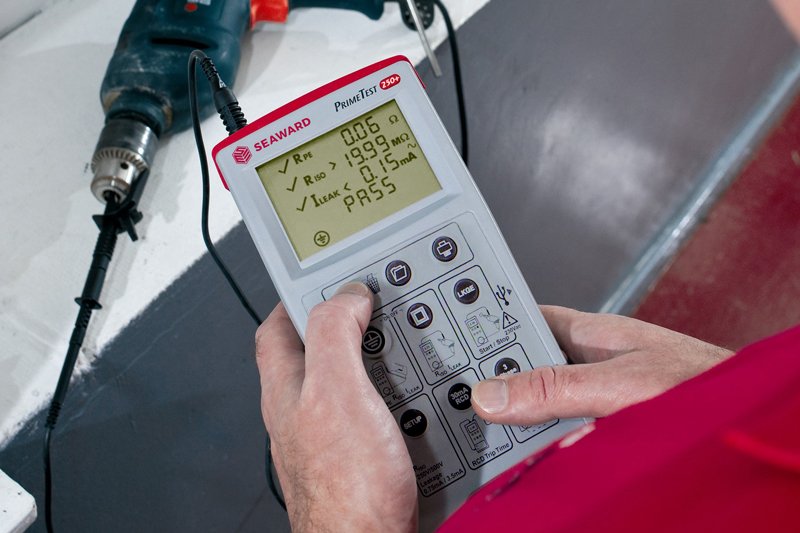The Essential Guide to PAT Testing: Ensuring Electrical Safety in the UK
In the ever-evolving landscape of workplace safety, one crucial aspect that often takes center stage is Portable Appliance Testing, commonly known as PAT Testing. As businesses in the United Kingdom strive to create secure environments for both employees and customers, understanding the ins and outs of PAT Testing is vital.
What is PAT Testing?
PAT Testing is a systematic examination of electrical appliances to ensure they are safe to use. This includes any device with a plug, from computers and printers to kettles and power tools. The process involves a series of visual inspections and electrical tests, carried out by competent individuals or qualified professionals.
Why is PAT Testing Necessary?
Ensuring the safety of electrical appliances is not just a legal requirement; it's a fundamental responsibility for every business. PAT Testing helps identify potential hazards such as faulty wiring, damaged plugs, or internal faults that could lead to electrical shocks or fires. By addressing these issues proactively, businesses can prevent accidents, protect their employees, and comply with health and safety regulations.
Legal Obligations and Compliance
In the UK, the Health and Safety at Work Act 1974 places a legal duty on employers to ensure the safety of their employees. PAT Testing falls under this umbrella, making it a crucial element of compliance. Regular testing not only safeguards your workforce but also demonstrates your commitment to meeting legal obligations.
Who Should Conduct PAT Testing?
While PAT Testing can be performed by in-house staff, it's advisable to engage qualified professionals for a thorough examination. Certified technicians possess the expertise to identify hidden issues that may be overlooked by untrained eyes. Additionally, outsourcing PAT Testing can save time and ensure a comprehensive evaluation of all appliances.
When and How Often Should PAT Testing be Conducted?
The frequency of PAT Testing depends on the type of equipment and its usage. High-risk appliances demand more frequent testing, while lower-risk items may require less frequent checks. A general rule of thumb is to conduct PAT Testing annually, but specific circumstances may warrant more frequent examinations.
Benefits of PAT Testing
Apart from meeting legal requirements, PAT Testing offers several other advantages for businesses:
Enhanced Safety: Identifying potential hazards before they escalate ensures a safe working environment.
Reduced Liability: Regular testing demonstrates due diligence, reducing the risk of legal consequences in the event of an incident.
Equipment Longevity: Identifying and rectifying faults promptly can extend the lifespan of appliances, saving businesses money in the long run.
Peace of Mind: Knowing that all electrical equipment is in safe working condition provides peace of mind for both employers and employees.
Portable Appliance Testing is a cornerstone of electrical safety in the workplace. By prioritising regular PAT Testing, businesses not only fulfil their legal obligations but also create a secure environment for everyone. Whether you handle the testing internally or enlist the help of professionals, investing in PAT Testing is an investment in the well-being of your employees and the longevity of your equipment. Stay safe, stay compliant, and ensure a brighter, hazard-free future for your workplace.

